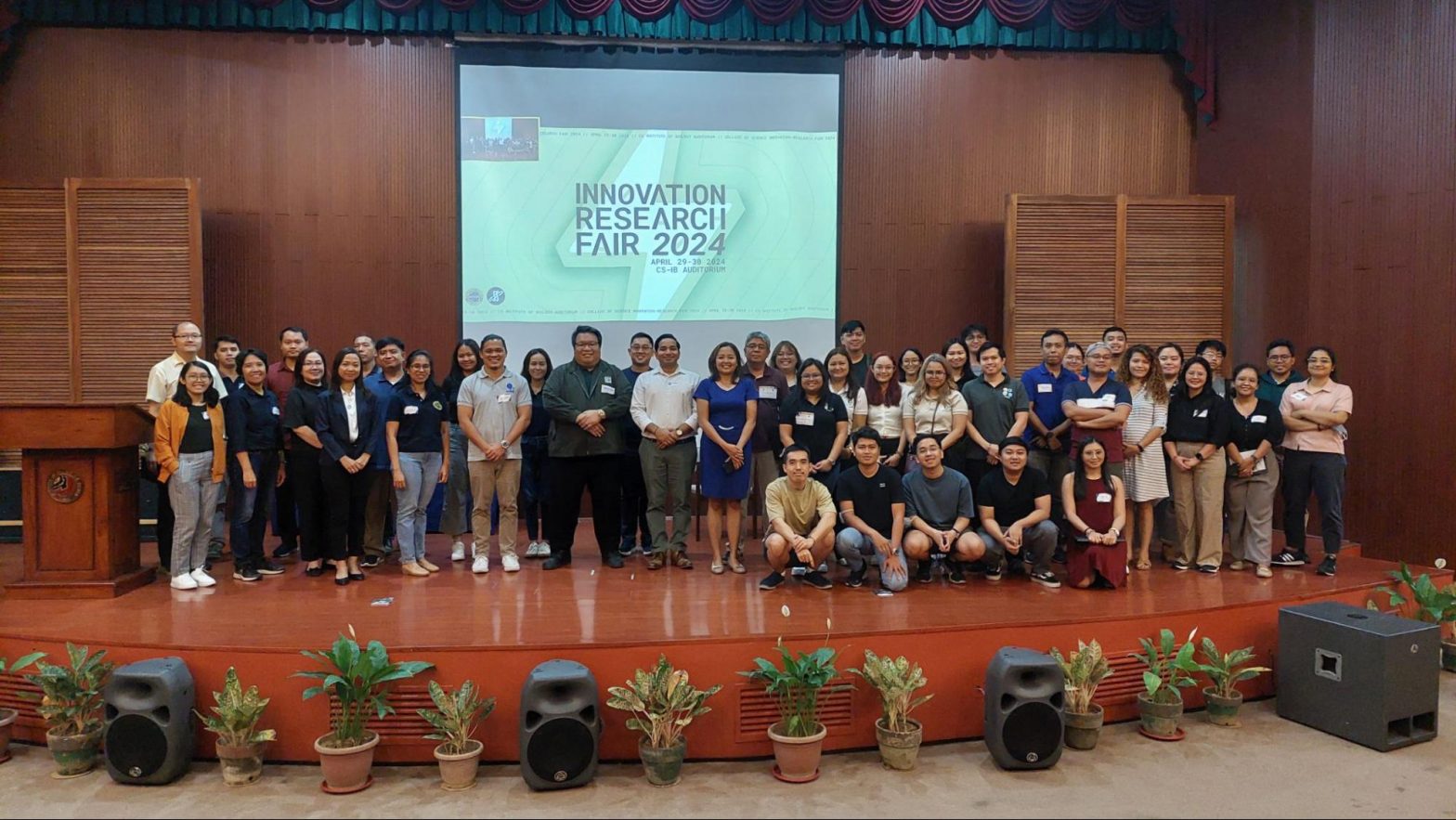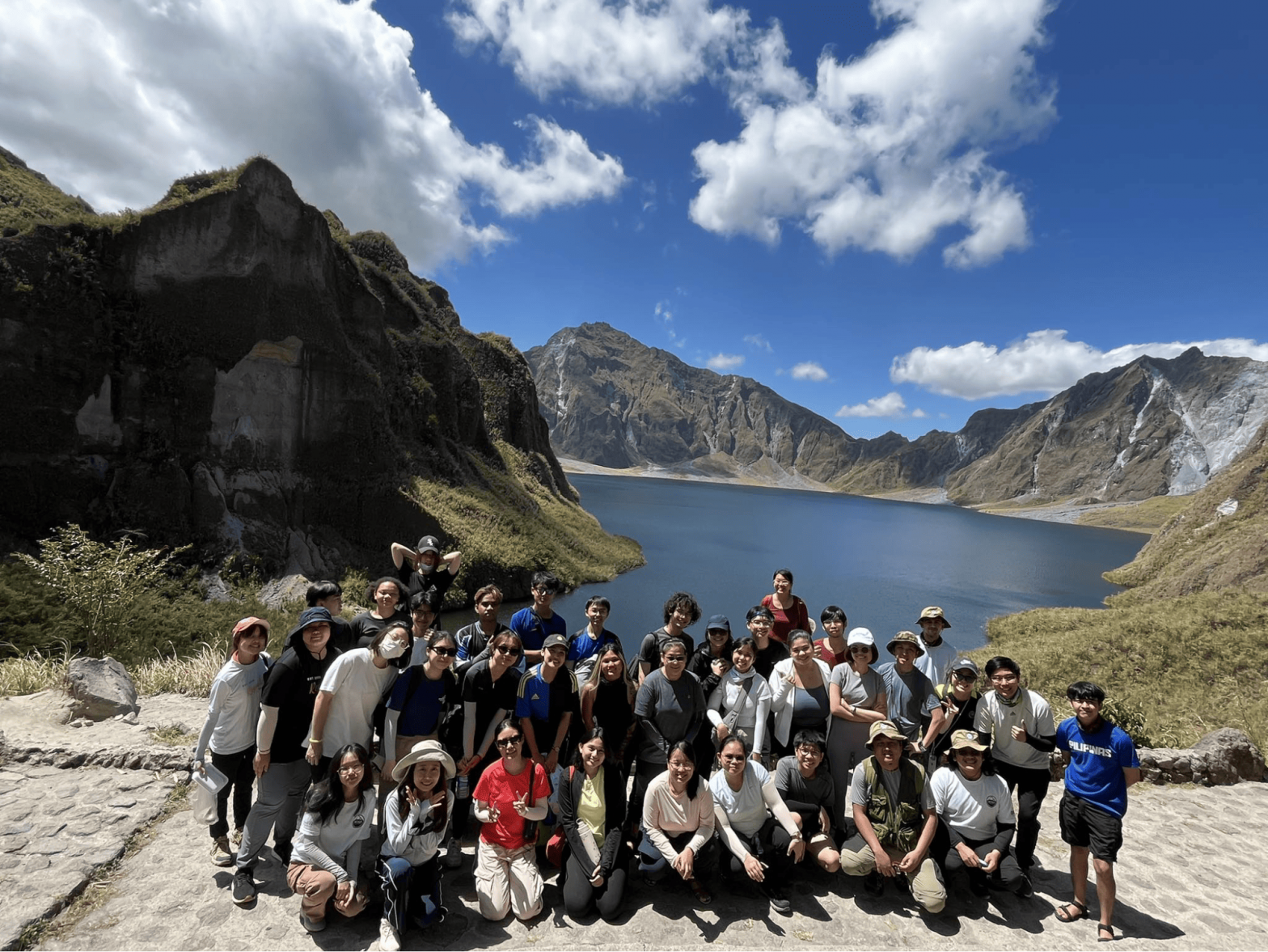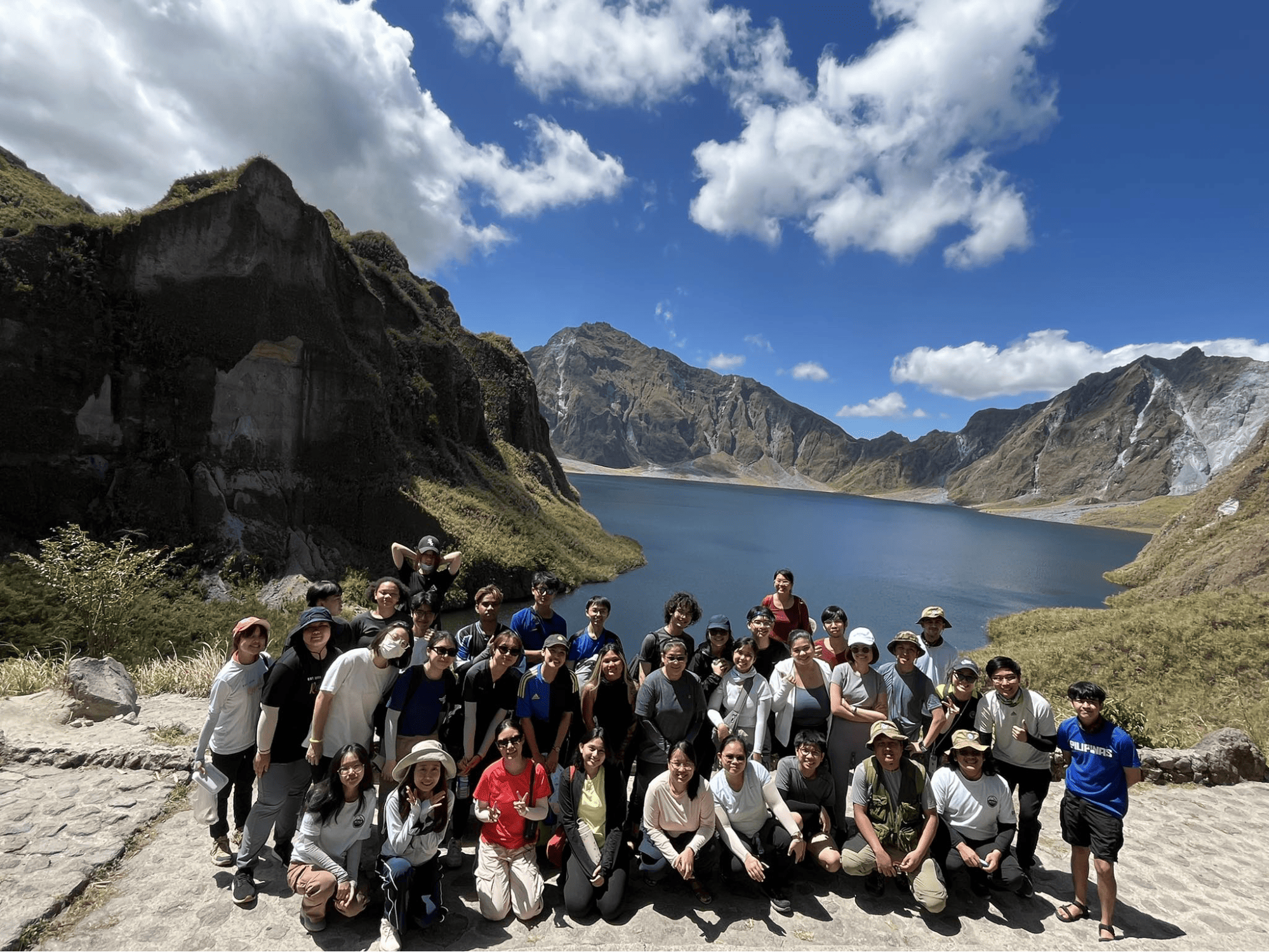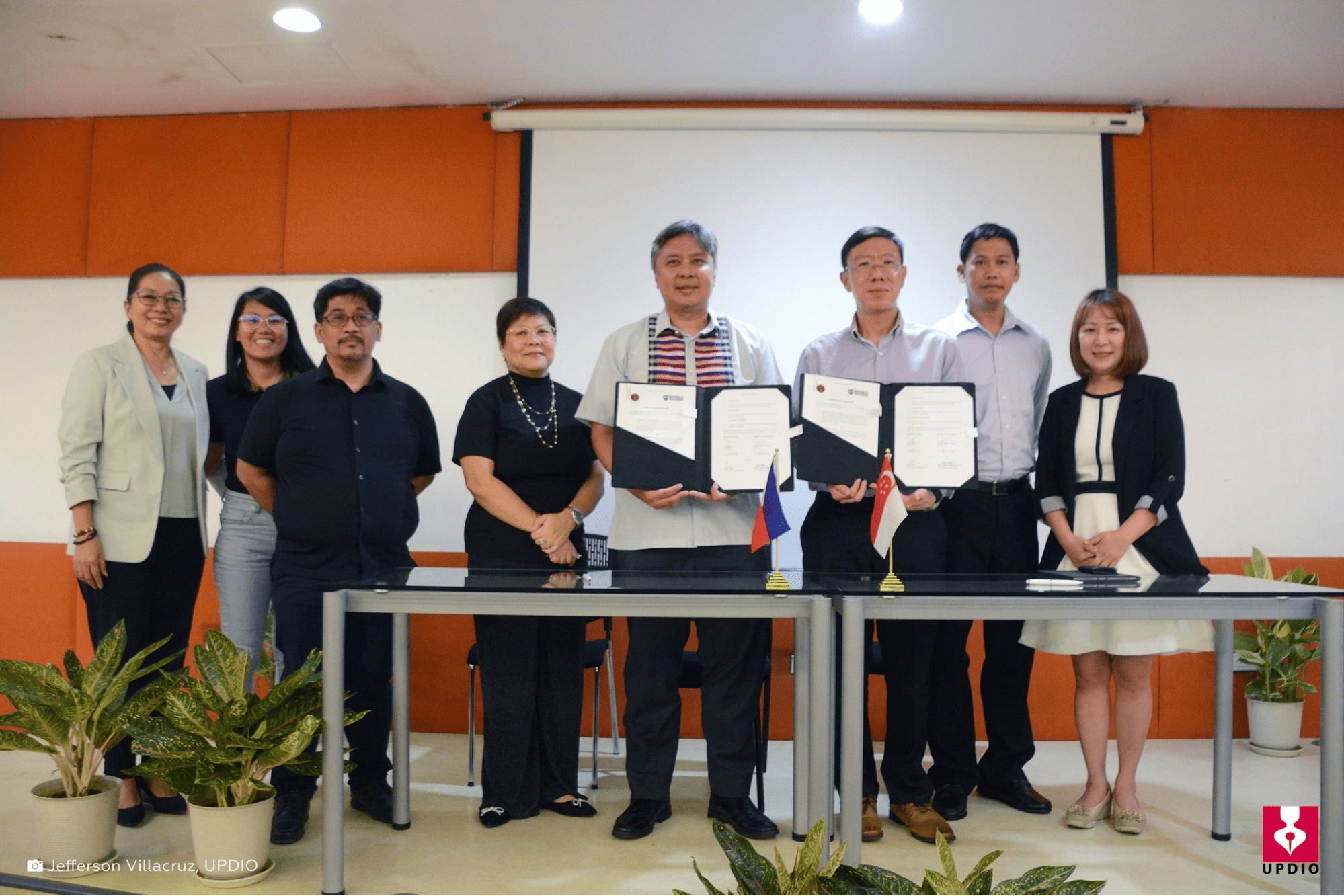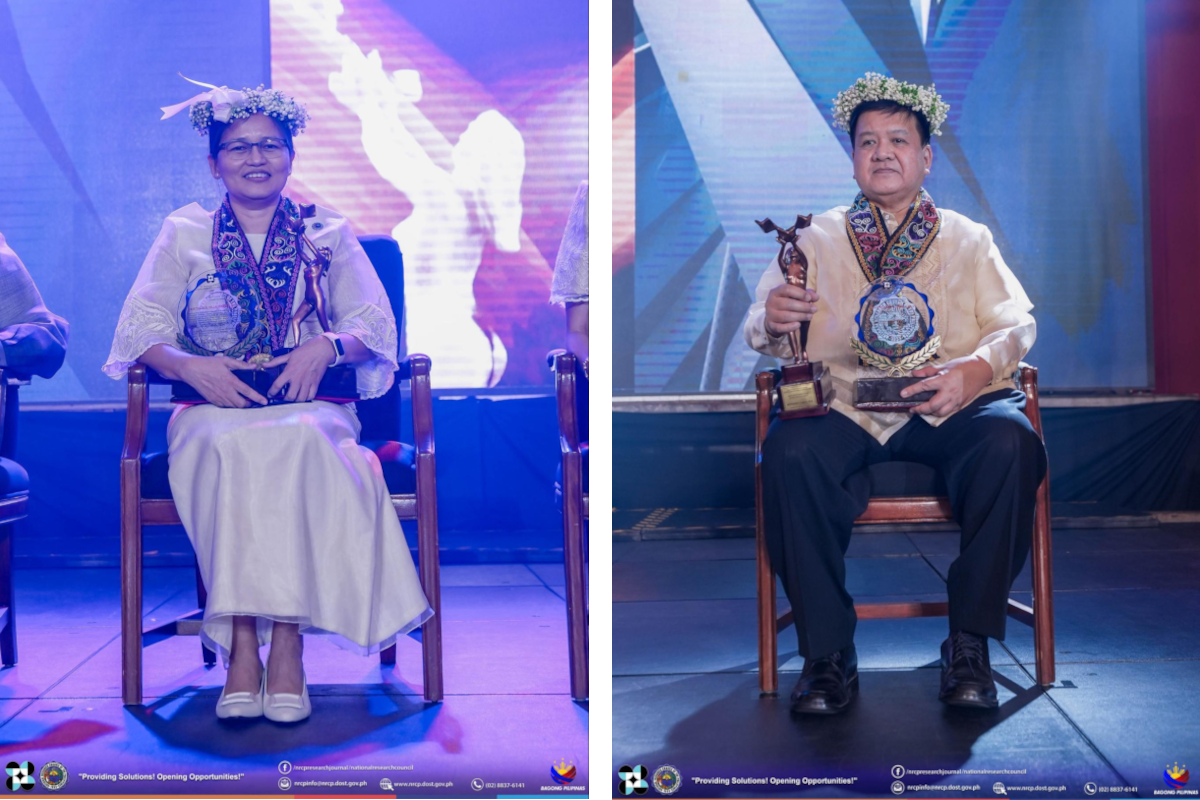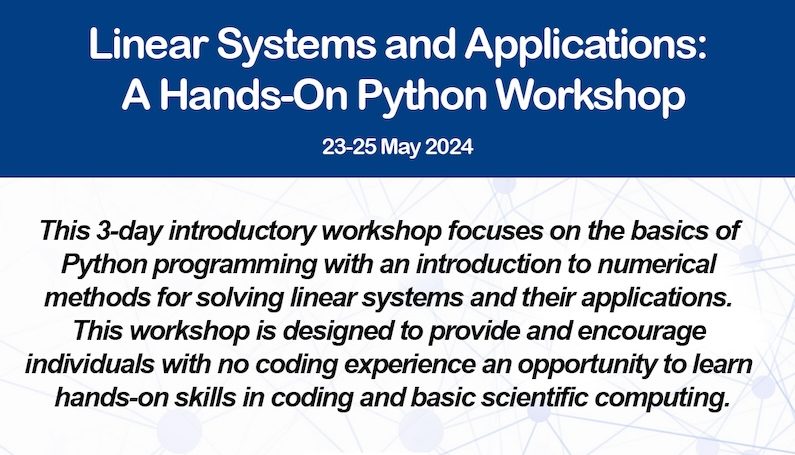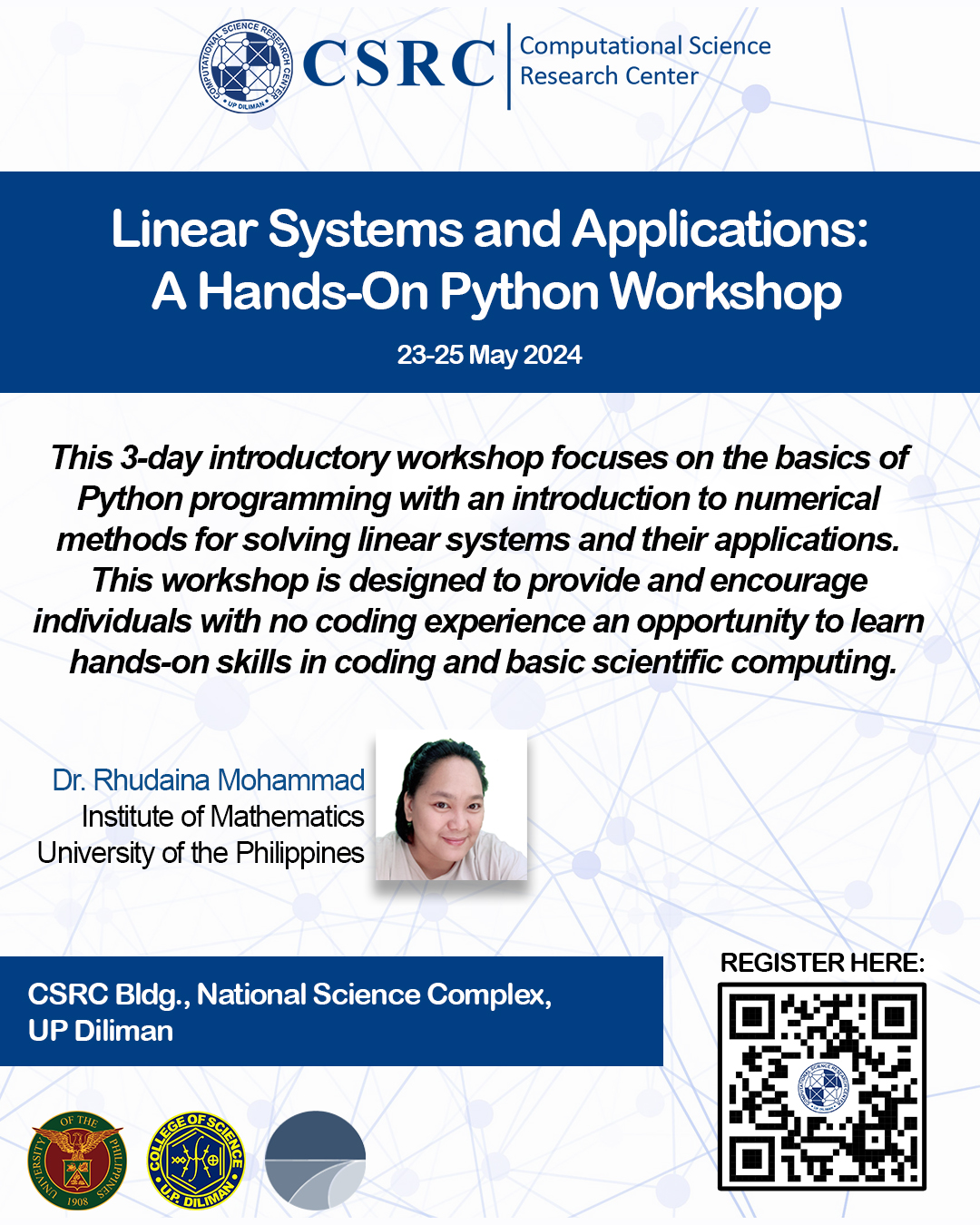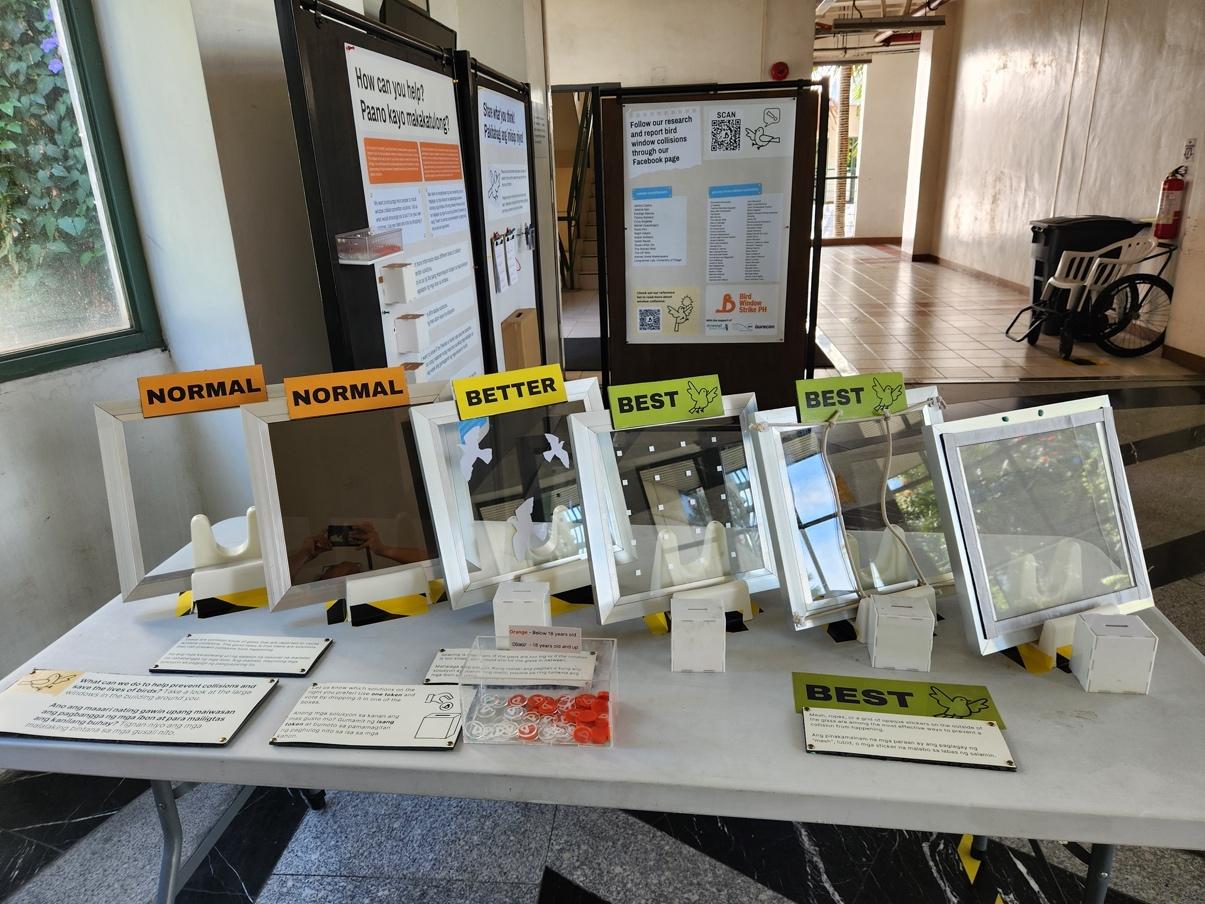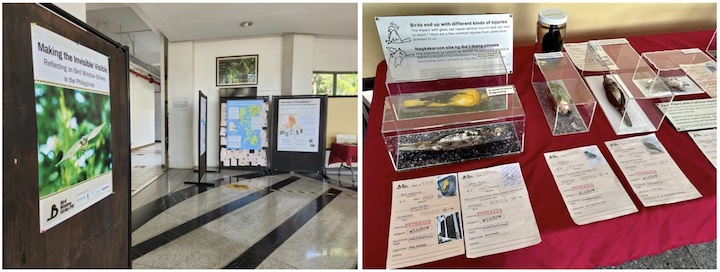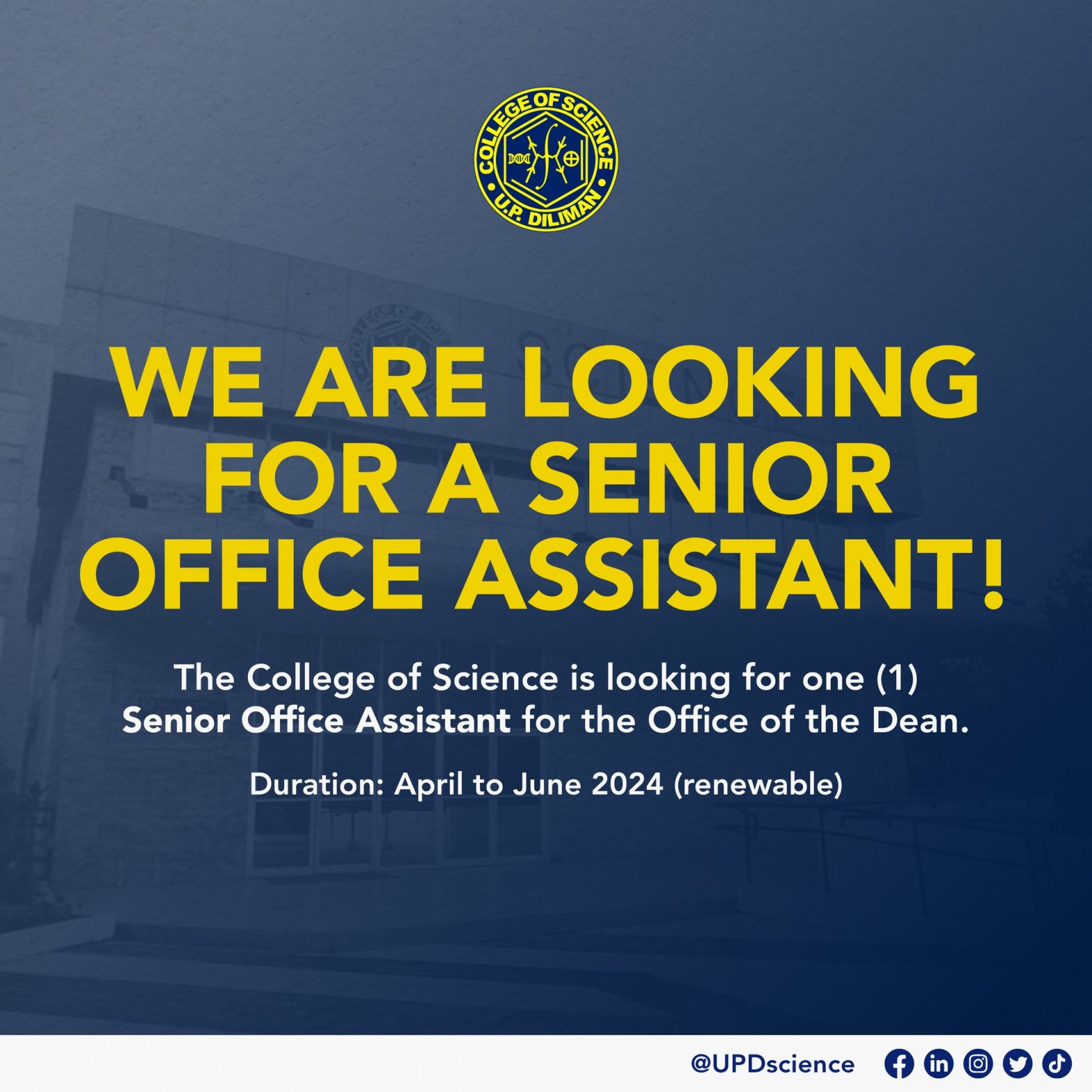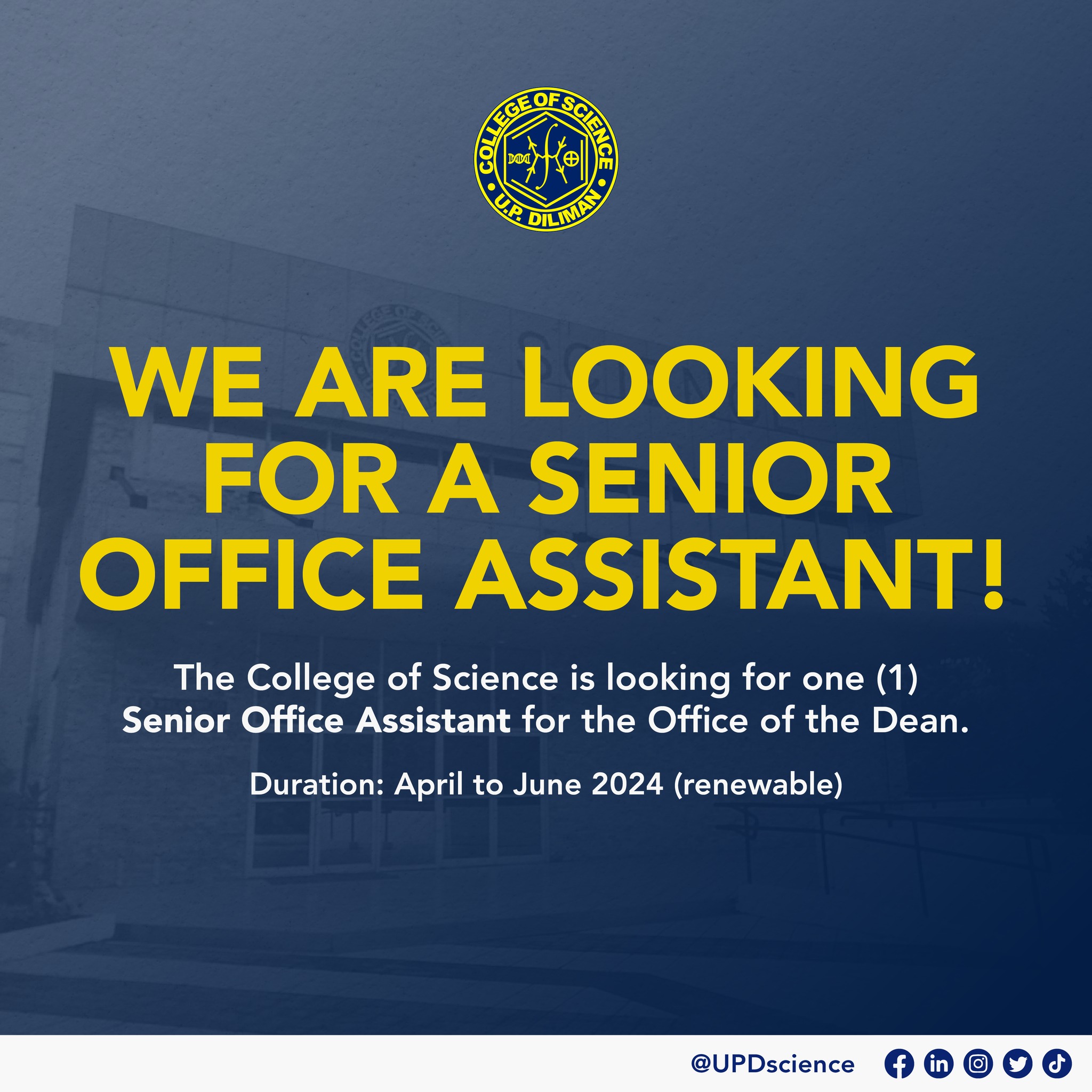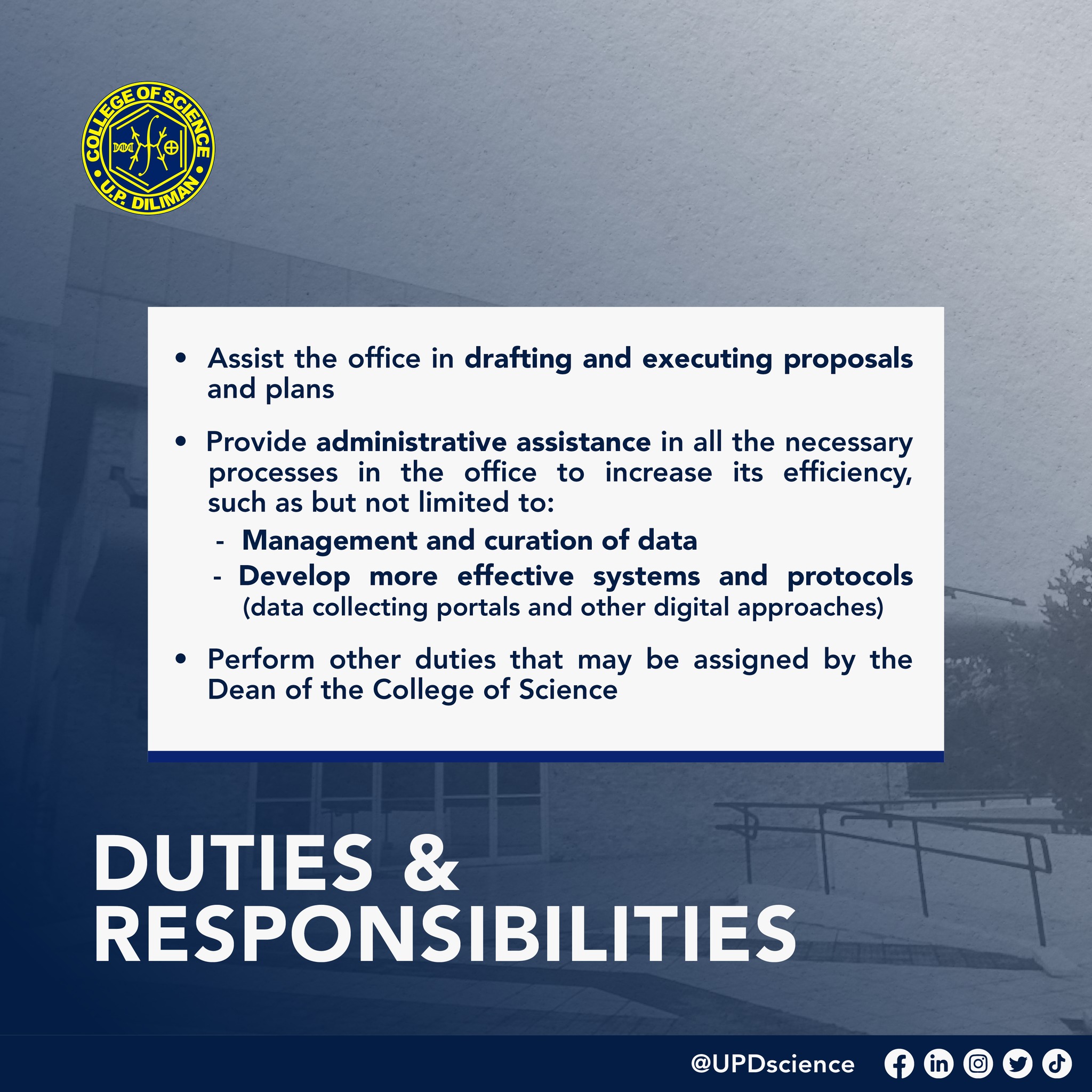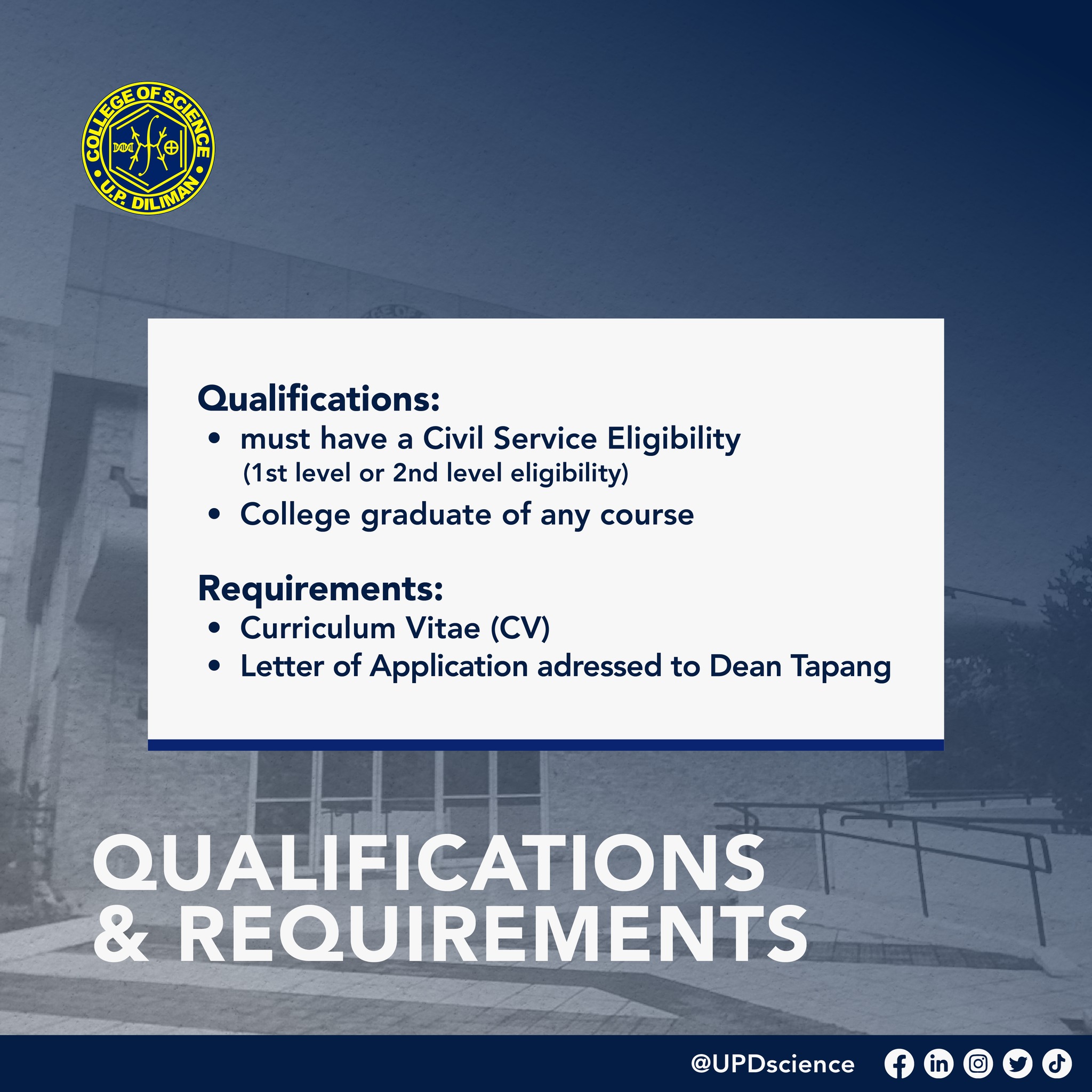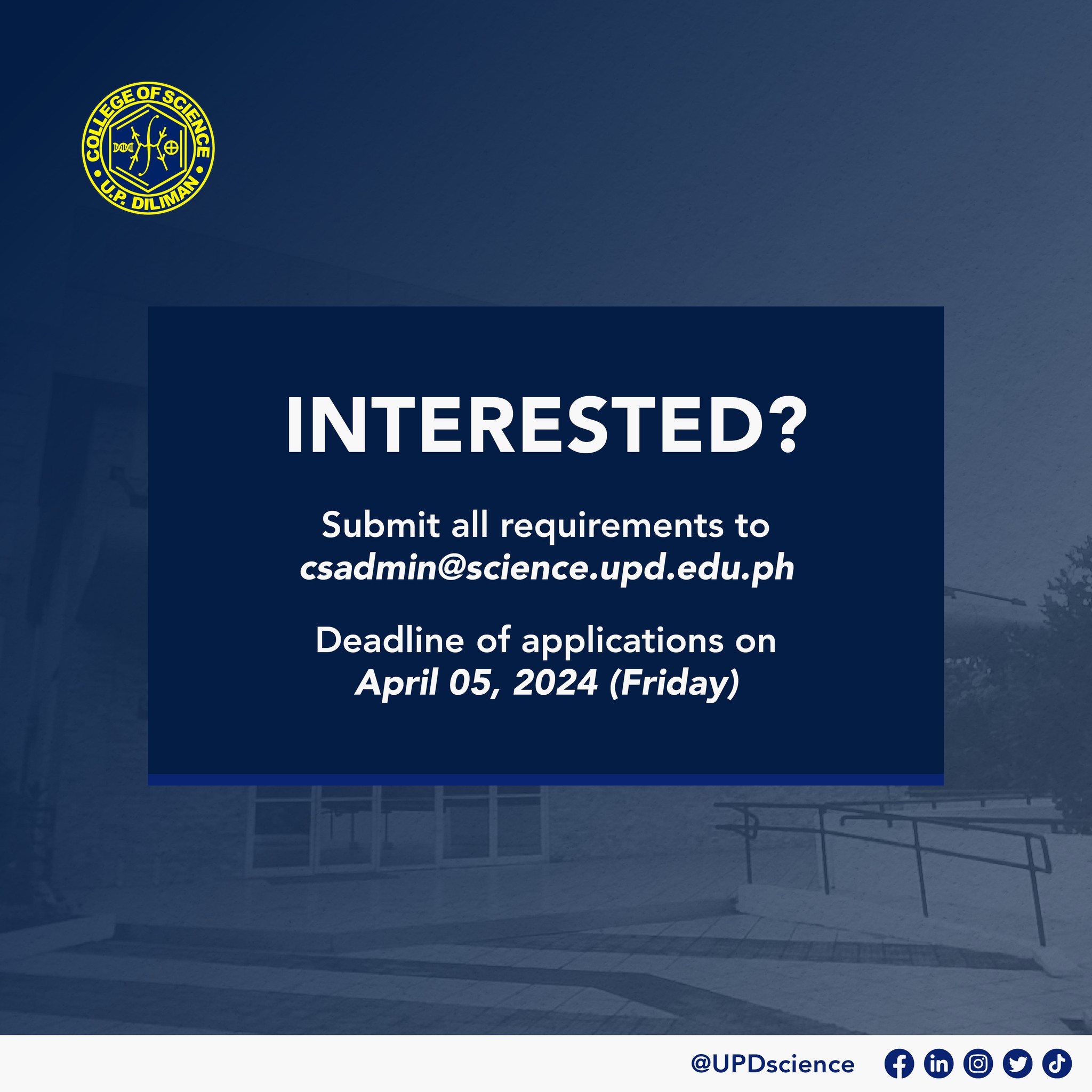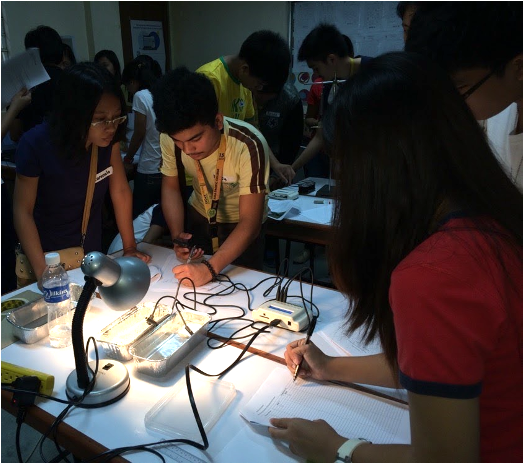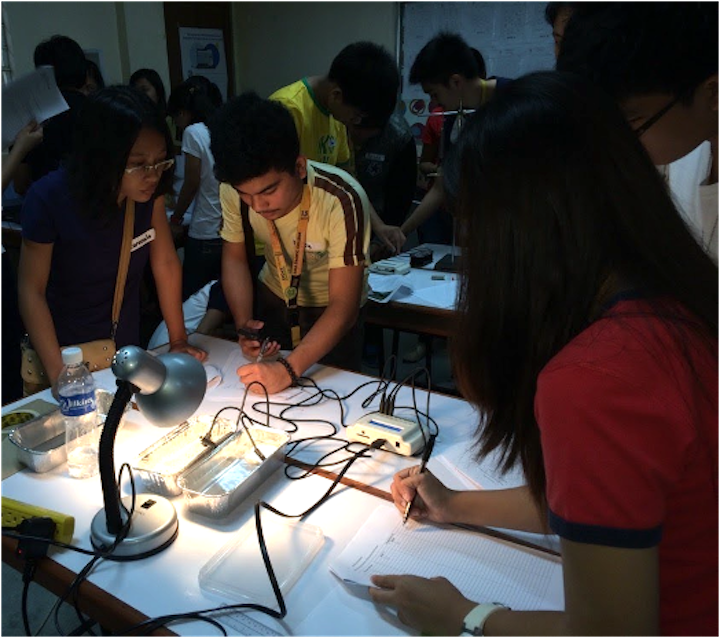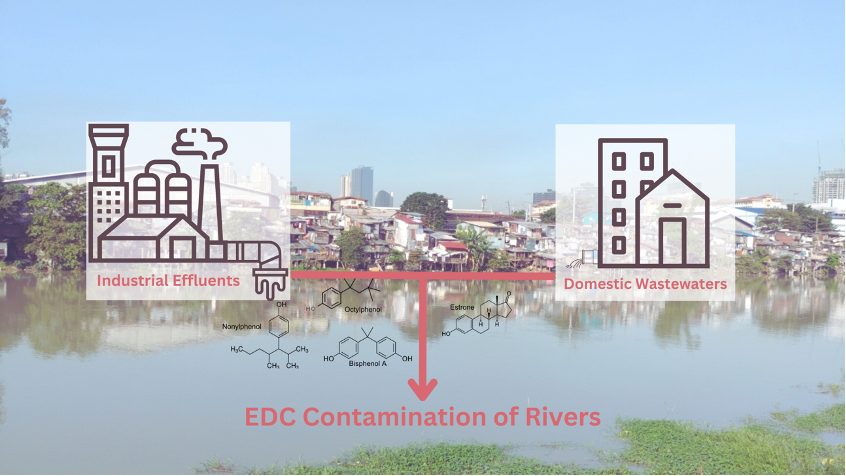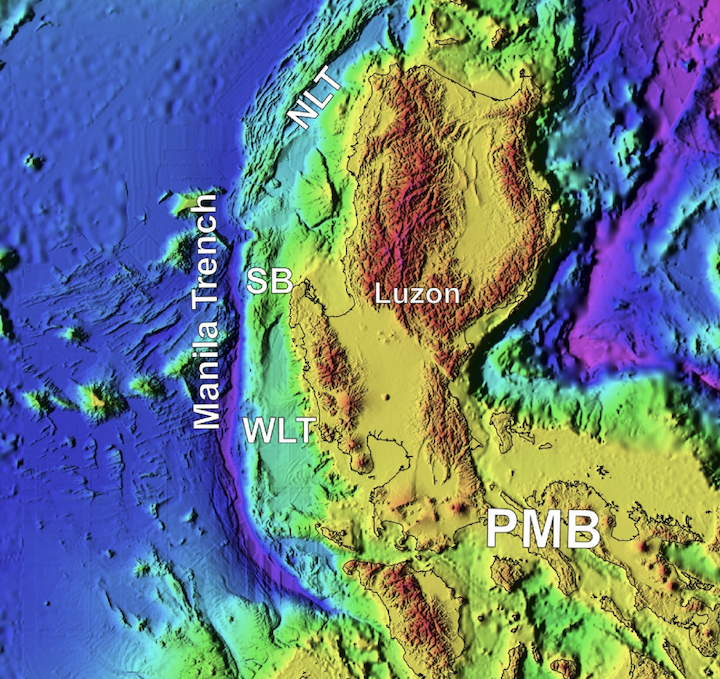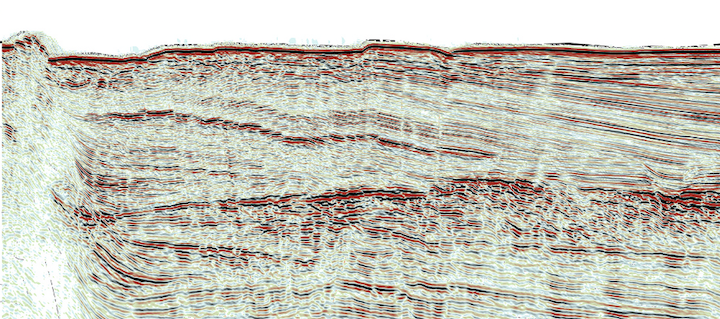UPD College of Science Kickstarts Innovation-Research Fair 2024
Published: May 09, 2024
By: Harvey L. Sapigao
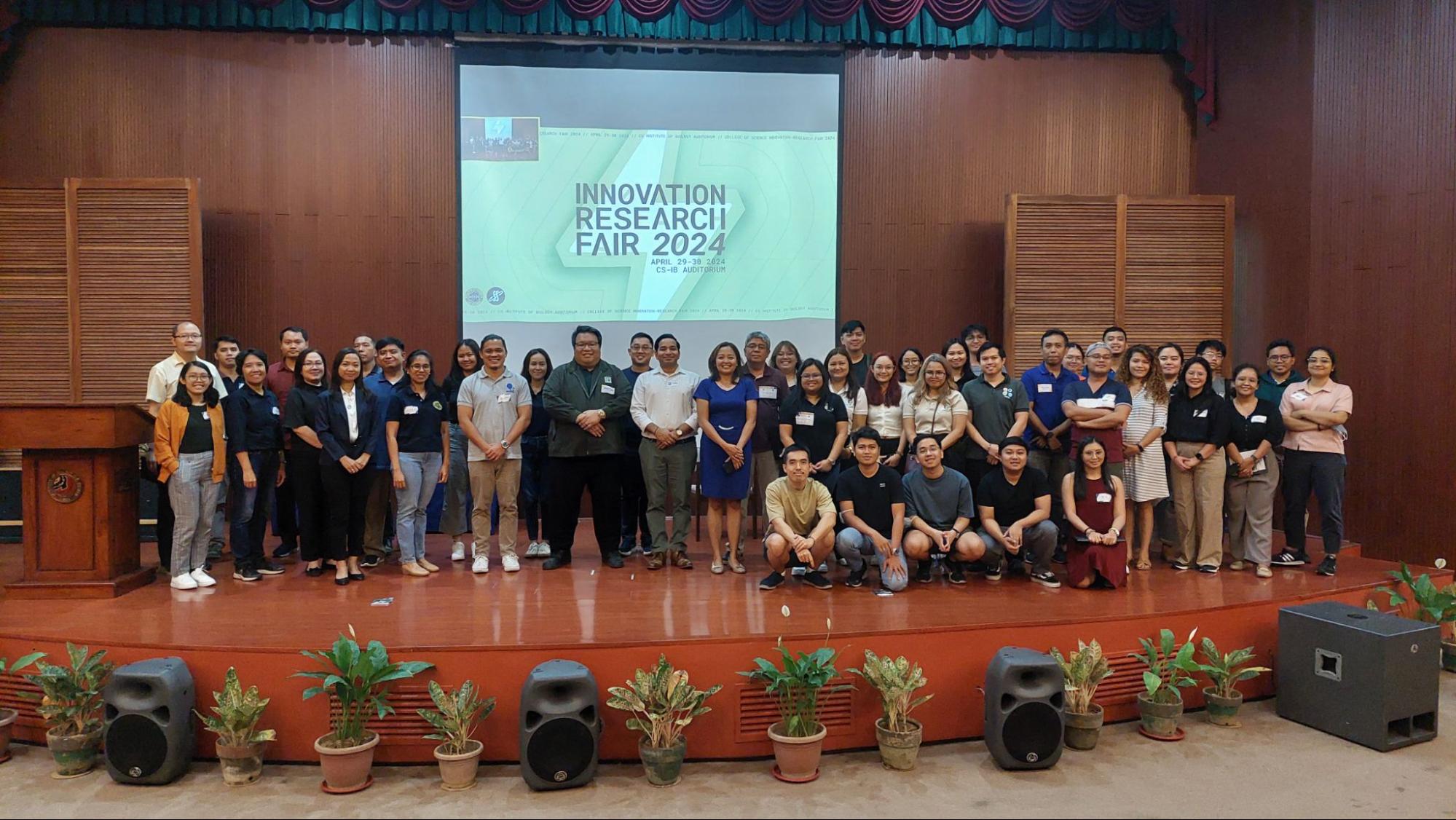
The UPD College of Science (UPD-CS) Innovation Committee, under the Science and Society Program (SSP) and led by SSP Director Dr. Lerrie Ann Ipulan-Colet, hosted the two-day Innovation-Research Fair on 29 and 30 April 2024 in celebration of World Creativity and Innovation Day.
The Innovation-Research Fair is an initiative to bridge the gap between scientists who develop novel inventions and entrepreneurs who produce these inventions for public use. The key players, UPD-CS Dean Giovanni Tapang said in his opening speech, are the innovation officers who bring scientists’ works to entrepreneurs and transmit market demands back to the scientists.
Research adoptors from various industries participated in the event. Among the companies and agencies present were Analog Devices Philippines, Ateneo de Manila University, BioAssets Corporation, Bureau of Plant Industry, Bureau of Soils and Water Management, Osaka University – Institute of Laser Engineering, International Flavors and Fragrances, Maynilad Water Services Inc. – WATERLab, Pathway Technologies Inc., Mandaluyong City Health Office, and the Department of Environment, Natural Resources Environmental Management Bureau (DENR-EMB) Air Quality Management Section, and Vecor Labs Philippines.
Different institutes of UPD-CS showcased their service laboratories and research capabilities to the research adoptors, namely Marine Science Institute (MSI), Institute of Biology (IB), Institute of Chemistry (IC), Institute of Environmental Science and Meteorology (IESM), Institute of Mathematics (IM), National Institute of Molecular Biology and Biotechnology (NIMBB), National Institute of Physics (NIP), Material Science and Engineering Program (MSEP), and National Institute of Geological Sciences (NIGS).
Some CS laboratories and institutes exhibited their value proposition posters to the research adoptors. Among those who participated were UPD-CS IB’s Microbial Ecology of Terrestrial and Aquatic Systems Laboratory, Fungal Laboratory, Pathogen-Host-Environment Interactions Research Laboratory, Developmental Toxicity and Signaling Research Laboratory, Integrative Research Laboratory Philippines, and DNA Barcoding Laboratory and UPD-CS IESM’s Biogeography, Environment, Evolution and Climate Laboratory . UPD-CS IM and MSEP also presented their posters to the research adoptors.
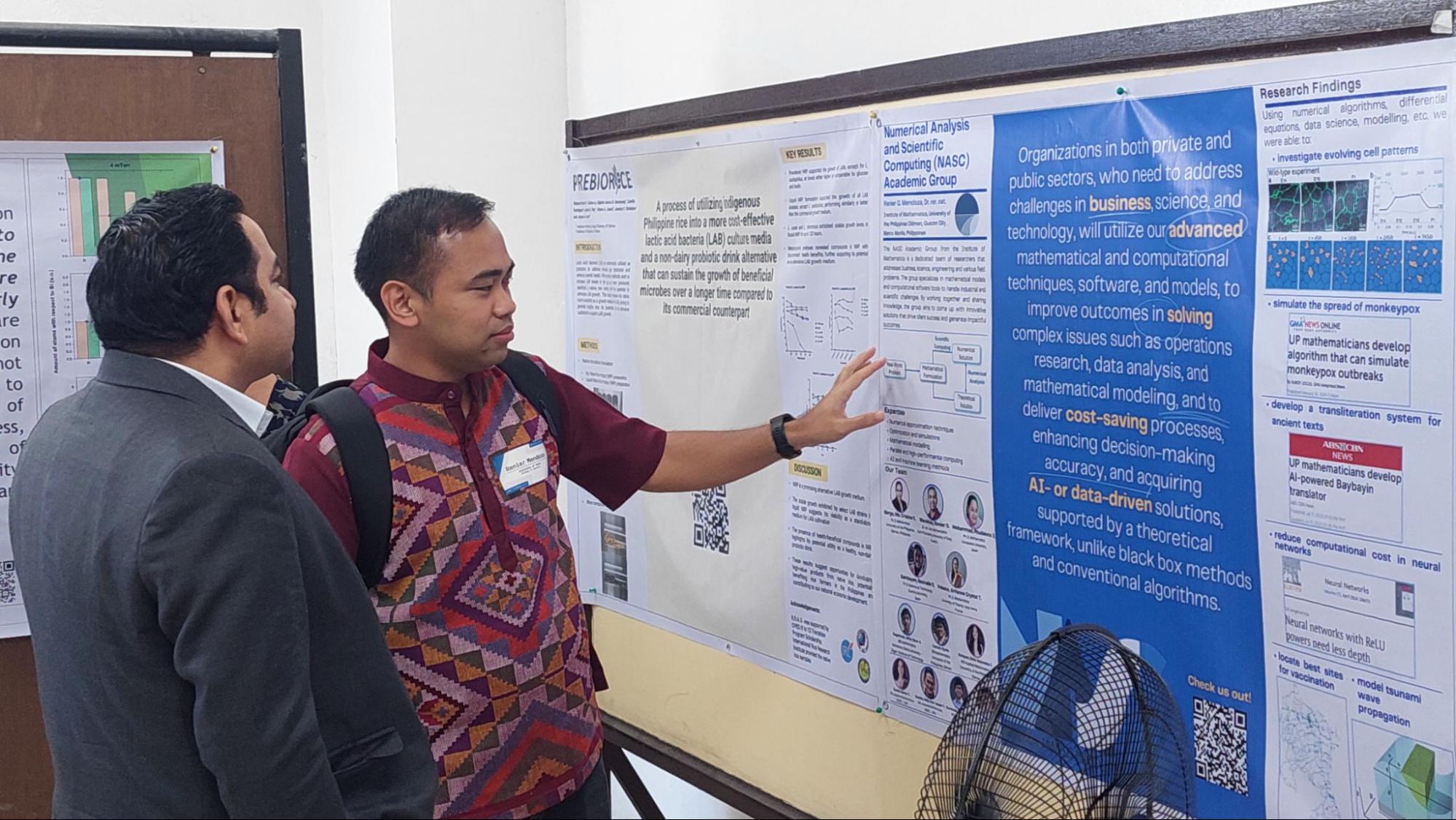
The event included plenary sessions, poster presentations, and panel discussions to stimulate and promote innovation in and out of the academic community. It also aimed to strengthen linkages between students, researchers, and public and private sectors by providing a venue for students and researchers to promote and share their work.
As part of the plenary sessions, Department of Trade and Industry (DTI) Undersecretary Rafaelita Aldaba, Ph.D. presented ways the science community and entrepreneurial industries can collaborate; UP Office of the President Consultant for Innovation Mr. Jose Emmanuel P. Reverente presented his perspective on innovation culture; UP System Technology Transfer and Business Development Office Director Luis Sison discussed technology transfers and customer discovery principles; and IP & Technology Transfer Officer Ms. Ma. Christina Mate of Technology Transfer and Business Development Office discussed the technology transfer in UPD-CS.
The Innovation-Research Fair also included the 10th iteration of iStories, where Dr. Mannix S. Pedro of the UP Los Baños National Institute of Molecular Biology and Biotechnology (BIOTECH) presented the Bio N invention. This technology can convert nitrogen from the atmosphere into a form used in agriculture. The Bio N technology is an example of an invention that has been commercialized and is now widely used nationwide.
Dr. Ipulan-Colet also introduced SSP’s CAPE Innovation Program, an initiative to collate, build awareness, prepare, and expose UPD-CS to innovation opportunities. The program, which started in 2023 and will continue until 2025, is designed to propel researchers toward innovation, connect researchers to industry partners, and develop a system to assist innovators in fulfilling utilizable outputs from their research.
The Innovation-Research Fair is expected to be a regular program of UPD-CS as part of its wider effort to streamline the flow of innovation from scientists to entrepreneurs.
For interview requests and other concerns, please contact media@science.upd.edu.ph.

